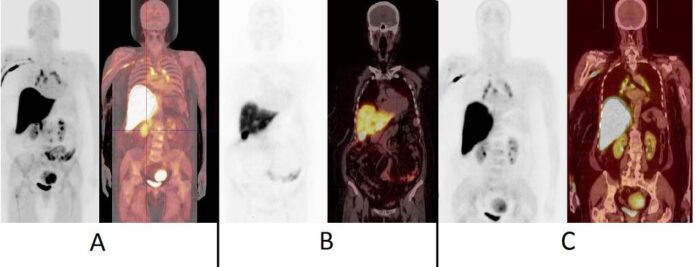
Understanding Bone Cancer Behind the Ear: Symptoms, Diagnosis, and Treatment
Bone cancer is a rare form of cancer that starts in the bone. It can occur in any bone in the body, including those located behind the ear. Bone cancer behind the ear is known as temporal bone cancer. Although it is a rare type of cancer, it can cause severe symptoms and complications if not diagnosed and treated early.
In this article, we will discuss the symptoms, diagnosis, and treatment options for bone cancer behind the ear. It is important to understand these aspects of the disease in order to raise awareness and improve the chances of early detection and successful treatment.
Symptoms of Bone Cancer Behind the Ear
Bone cancer behind the ear can cause a variety of symptoms, which may vary depending on the stage of the cancer and its specific location. Some of the common symptoms of temporal bone cancer include:
1. Ear Pain: Persistent and severe pain in or around the ear is a common symptom of bone cancer behind the ear. The pain may worsen at night or during physical activity.
2. Hearing Loss: Temporal bone cancer can cause partial or complete hearing loss in the affected ear.
3. Tinnitus: Some patients may experience a ringing, buzzing, or other abnormal sounds in the affected ear.
4. Ear Discharge: A clear and watery discharge from the ear may occur in later stages of temporal bone cancer.
5. Facial Weakness: The cancer may affect the facial nerves, leading to weakness or paralysis on one side of the face.
6. Headaches: Persistent and severe headaches, particularly in the area behind the ear, may be a symptom of temporal bone cancer.
7. Dizziness or Balance Problems: Some patients may experience dizziness, vertigo, or difficulties with balance.
Diagnosis of Bone Cancer Behind the Ear
Diagnosing bone cancer behind the ear typically involves a series of tests and procedures to confirm the presence of cancer and determine its extent. These may include:
1. Physical Examination: A thorough examination of the ear, head, and neck by a healthcare professional to look for signs of cancer, such as lumps or swelling.
2. Imaging Tests: X-rays, CT scans, MRIs, and PET scans may be used to obtain detailed images of the affected area and identify any abnormal growths or tumors.
3. Biopsy: A biopsy involves taking a small sample of tissue from the affected bone behind the ear and examining it under a microscope to look for cancer cells.
4. Blood Tests: Blood tests may be conducted to check for the presence of specific markers that can indicate the presence of cancer.
Once a diagnosis of bone cancer behind the ear is confirmed, further tests may be performed to determine the stage of the cancer and its potential impact on nearby tissues and organs. This information is essential for developing an effective treatment plan.
Treatment of Bone Cancer Behind the Ear
The treatment of bone cancer behind the ear typically involves a multidisciplinary approach, which may include surgery, radiation therapy, chemotherapy, and other treatments based on the specific characteristics of the cancer and the patient’s overall health. The goal of treatment is to remove the cancer, relieve symptoms, and prevent the cancer from spreading or recurring.
1. Surgery: Surgical removal of the cancerous tumor is often the primary treatment for bone cancer behind the ear. The surgeon may also remove nearby tissue or bone to ensure that all cancer cells are removed.
2. Radiation Therapy: Radiation therapy uses high-energy beams to kill cancer cells and shrink tumors. It may be used before or after surgery to target any remaining cancer cells in the affected area.
3. Chemotherapy: Chemotherapy involves the use of powerful drugs to destroy cancer cells throughout the body. It may be used in combination with surgery and radiation therapy to reduce the risk of recurrence.
4. Targeted Therapy: Certain types of bone cancer behind the ear may be treated with targeted therapy drugs that specifically target the abnormal cells and spare healthy tissues.
5. Rehabilitation: After treatment, patients may require rehabilitation to improve their ability to speak, swallow, and move their facial muscles if they have been affected by the cancer or its treatment.
The choice of treatment for bone cancer behind the ear is dependent on factors such as the type and stage of the cancer, the patient’s overall health, and their preferences. It is essential for patients to work closely with a team of experienced healthcare professionals to develop a personalized treatment plan that addresses their specific needs and goals.
In conclusion, bone cancer behind the ear, also known as temporal bone cancer, is a rare form of cancer that can cause severe symptoms and complications if not diagnosed and treated early. By understanding the symptoms, diagnosis, and treatment options for bone cancer behind the ear, patients and healthcare professionals can work together to improve the chances of successful treatment and recovery. It is crucial for anyone experiencing persistent or unusual symptoms in or around the ear to seek medical attention and undergo a thorough evaluation for timely diagnosis and treatment.












